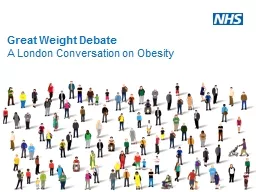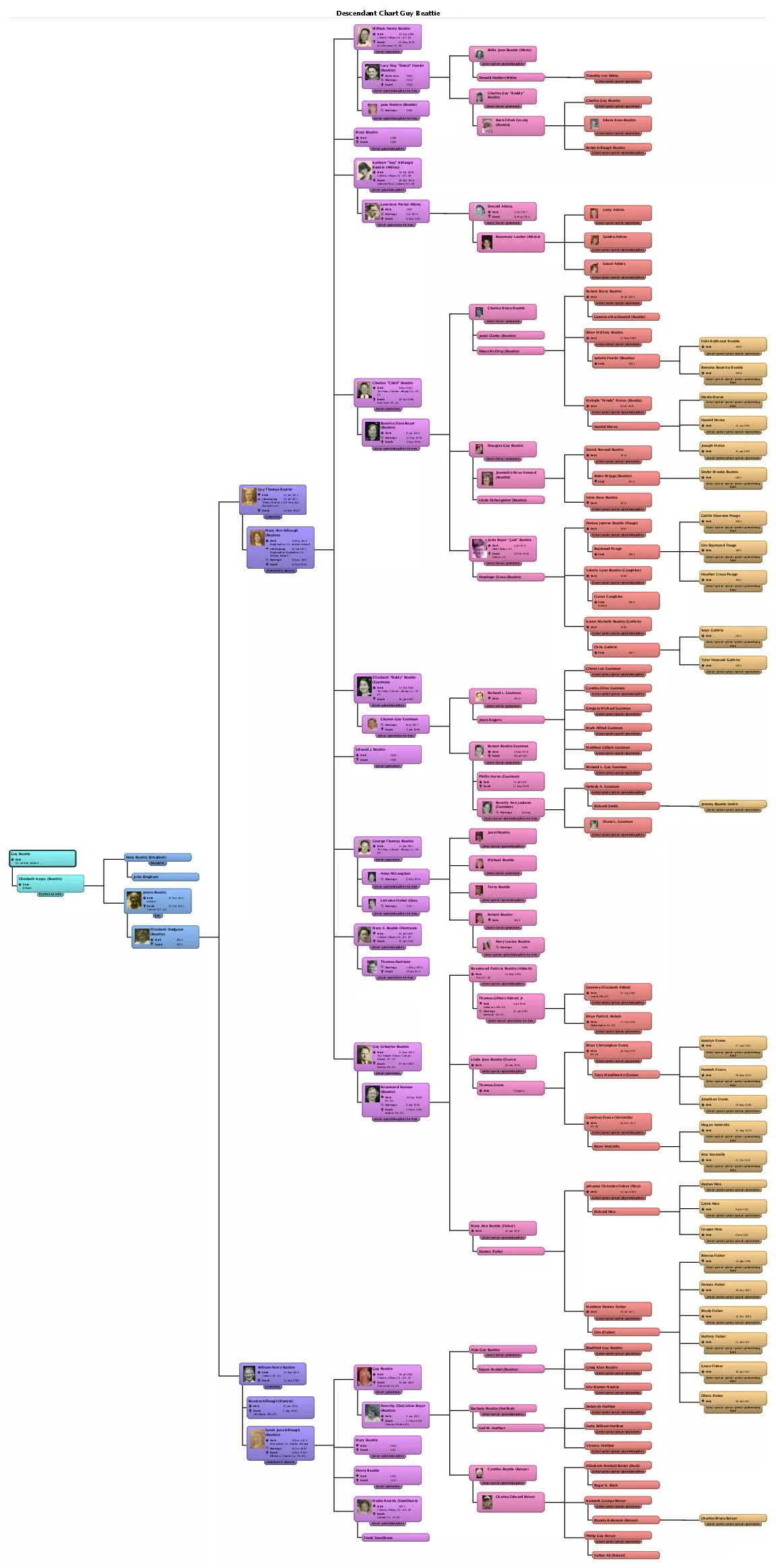PPT-Great Weight Debate
Author : ellena-manuel | Published Date : 2017-04-26
A London Conversation on Obesity 2 London has the highest rate of childhood obesity of any peer global city and the highest proportion of obese children in all the
Presentation Embed Code
Download Presentation
Download Presentation The PPT/PDF document "Great Weight Debate" is the property of its rightful owner. Permission is granted to download and print the materials on this website for personal, non-commercial use only, and to display it on your personal computer provided you do not modify the materials and that you retain all copyright notices contained in the materials. By downloading content from our website, you accept the terms of this agreement.
Great Weight Debate: Transcript
Download Rules Of Document
"Great Weight Debate"The content belongs to its owner. You may download and print it for personal use, without modification, and keep all copyright notices. By downloading, you agree to these terms.
Related Documents














